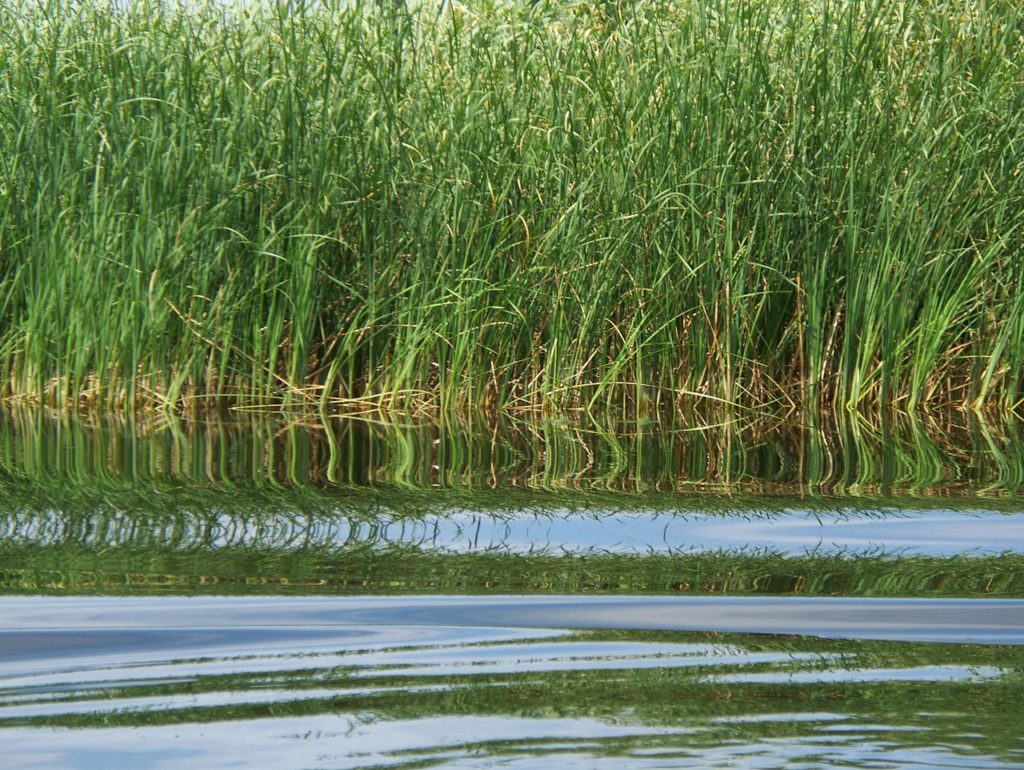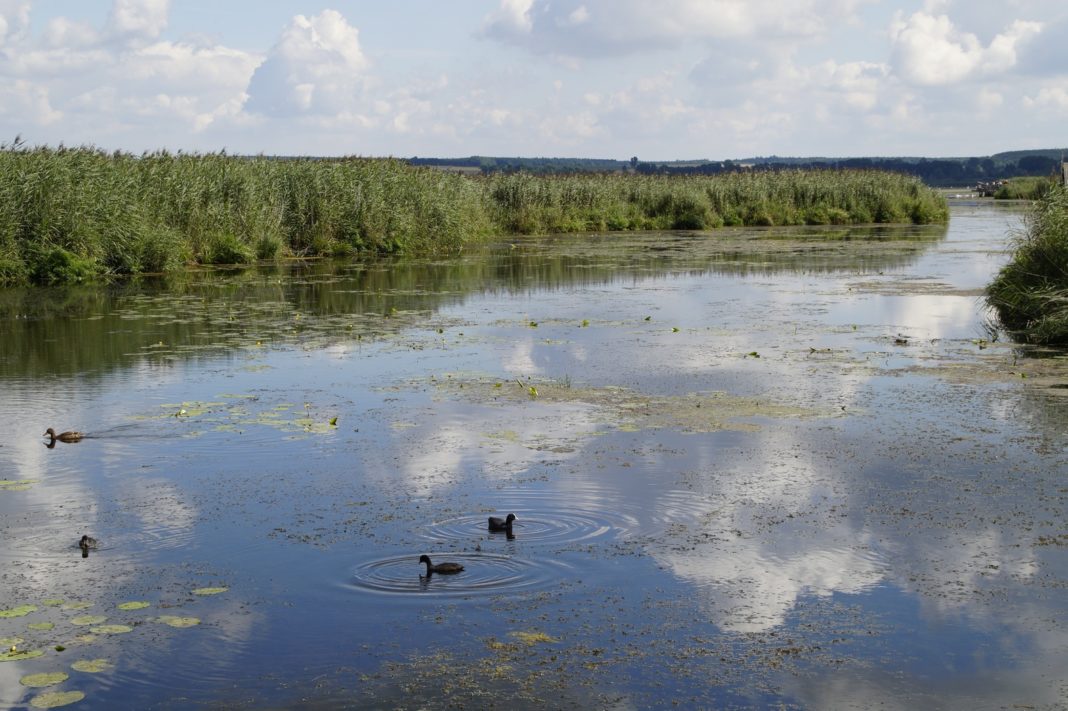The Danube Delta is the second largest river delta in Europe, after the Volga Delta, and is the best preserved on the continent. Its approximate surface area is 4,152 square kilometers, of which 3,446 km2 is in Romania.

The Danube River Delta started forming around 11,700 years ago by sediments washed into the Black Sea. It consists of natural canals, lakes, and ponds and is growing by around 24 meters per year into the Black Sea. Reed plants and floating reed islands (called plaur in Romania) are the most common and well known components of the Danube Delta. Vegetation of this ecosystem consists of the common reed and, on near river banks, mace reed/cattail (Typha latifolia, Typha angustifolia), sedge (Carex dioica, Carex stricta), Dutch rush (Scirpus radicans, Schoenoplectus lacustris), and brook mint (Mentha aquatica), etc. They provide ideal spawning and nesting grounds. The plaur is a mixture of reed roots, grass, and soil, usually floating or anchored to the riverbed. As a rule, the reed surrounds the lakes and ponds and slowly invades the water surface.

The Danube Delta is perhaps the least inhabited region of temperate Europe. On the Romanian side live about 20,000 people, of whom 4,600 live in the port of Sulina, which gives an average density of approx. two inhabitants per km2. The rest of the population is scattered among 27 villages, of which only three, all situated marginally, had more than 500 people in 2002. The city of Tulcea, at the western edge of the delta, has a population of 92,000; it represents the node of the region and the gate to the delta.

The wetland has intensively managed to increase reed production for the paper industry, and about 800 km2 of the field was devoted to reed culture during the 1990s. This cultivation has resulted in the conservation of the wetland for wildlife and other ecosystem services, as well as economic benefits to local communities.
According to Wikipedia/Internet














